What is the difference between the origin, producing area, processing plant, cooperative and manor of coffee beans?
The concept of boutique coffee has been introduced into China for some years, and we often see all kinds of coffee growing areas, manors, processing plants and cooperatives on the bean list. With so many categories, can we tell what they represent?
Fine Coffee (Specialty Coffee)
The concept of boutique coffee was first put forward by Ms. Erna Knutsen, "coffee beans with regional flavor have been cultivated under unique microclimate and geographical conditions. "Special geographic microclimates produce beans with unique flavor profiles."
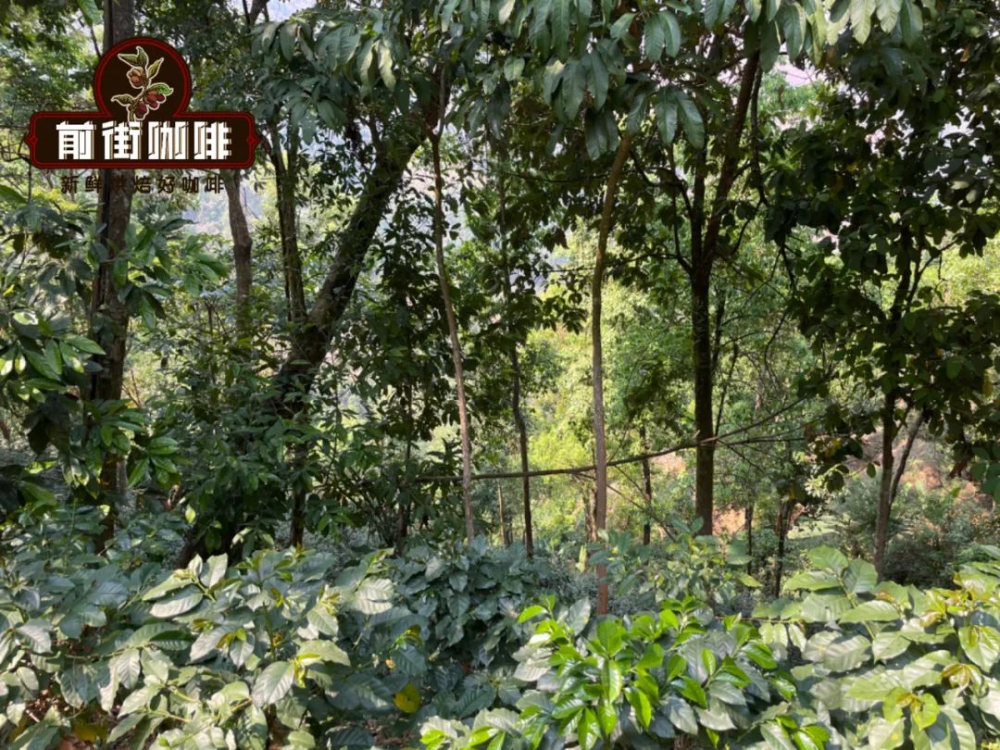
From the perspective of raw coffee beans, it is far from enough to have good and unique planting conditions, but also need growers to select suitable coffee varieties to cultivate attentively, as well as the delicate treatment of fresh coffee fruits, in order to get a high-quality coffee beans. This is why before tasting a cup of coffee, we emphasize which origin (/ producing area), which manor, and what treatment this bean comes from.
Place of origin (/ producing area)
When it comes to producing areas, coffee drinkers should be no stranger, and can even name their favorite coffee producing countries such as Ethiopia, Brazil, Panama and so on. But in fact, under these large coffee producing countries, more specific small producing areas will be subdivided.
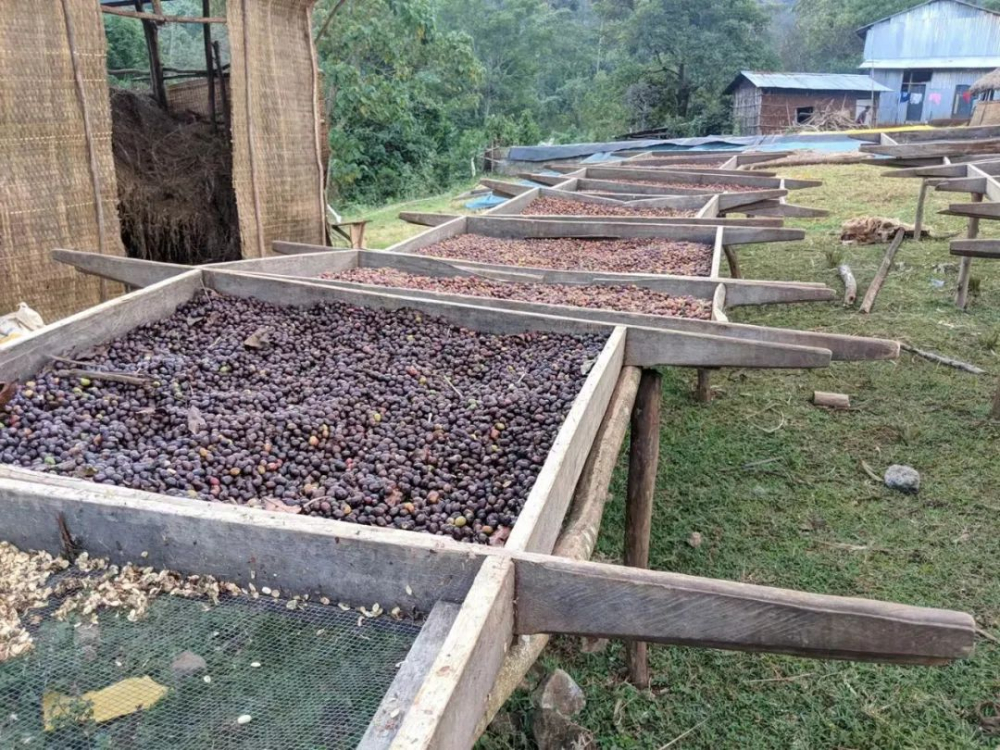
In Colombia, for example, there are coffee growing areas such as Huila, Choco, Cauca and so on. The reason for this distinction is that they are different from each other, and they may be separated by hundreds of kilometers, so that the flavor of coffee planted and produced will be quite different, so it is necessary to divide the regions and name them respectively.
Another reason for the division is that the coffee grown and produced has a very unique and obvious flavor and is distinguished separately.
For example, we are familiar with the "Yega Xuefei". Yega Xuefei was originally a part of Sidamo, but compared with other coffees in Sidamo, Yega Xuefei has a more obvious flavor of white flowers, lemon and citrus, that is, what we often call "Yejiawei". It has been snapped up by many international coffee glutton by name. As a result, Jejachafi became independent from Sidamo.
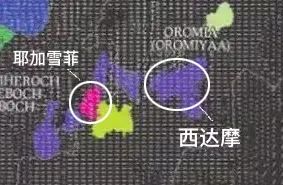
The reason for its subdivision is that even in the same producing country, or even close to the adjacent producing areas, the coffee produced by it will be quite different in flavor due to different micro-climate and geographical conditions.
What is a coffee processing plant? What is a cooperative?
Coffee processing plant, as its name implies, is a place where fresh coffee fruits are treated in large quantities and pipelined. Coffee beans are actually the seeds of fresh coffee fruits, which need a series of treatments such as removing the peel and pulp to get the coffee beans we are familiar with. )
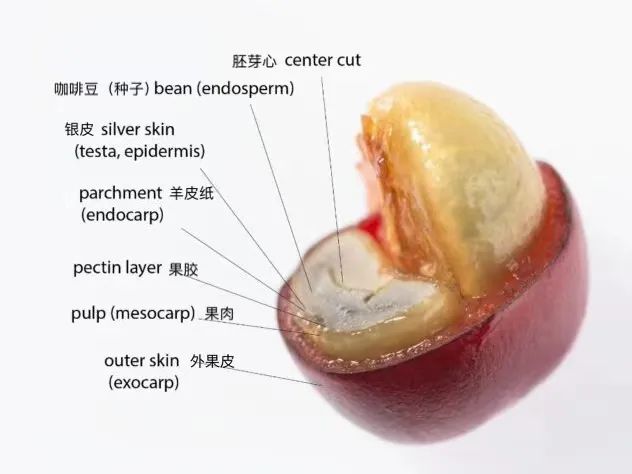
The disposal of fresh coffee fruit has requirements for practical problems such as venue, funds and so on. The vast majority of coffee-producing countries are developing countries, which means that not all farmers can afford a whole set of valuable processing equipment. After all, a small farmer may only have a few mu of land, so it is not realistic for him to buy a lot of equipment and find a place to deal with fresh fruit. As a result, small farmers will ship their fresh coffee fruits to the nearest coffee processing plant for sale.
However, a middleman may be created during the delivery of fresh coffee fruit to the processing plant, which usually involves transportation rather than production. Sometimes a middleman may have only one truck commuting between the farmers and the processing plant, and these middlemen control the price of fresh coffee fruit to some extent, reducing the income of the farmers.
The effective way to avoid the middleman is for coffee farmers to work together to build cooperatives, jointly buy better equipment and facilities, treat their coffee fruits together and sell them in the name of the cooperative. For example, the Gottintin Cooperative and the Waka Cooperative in Ethiopia.
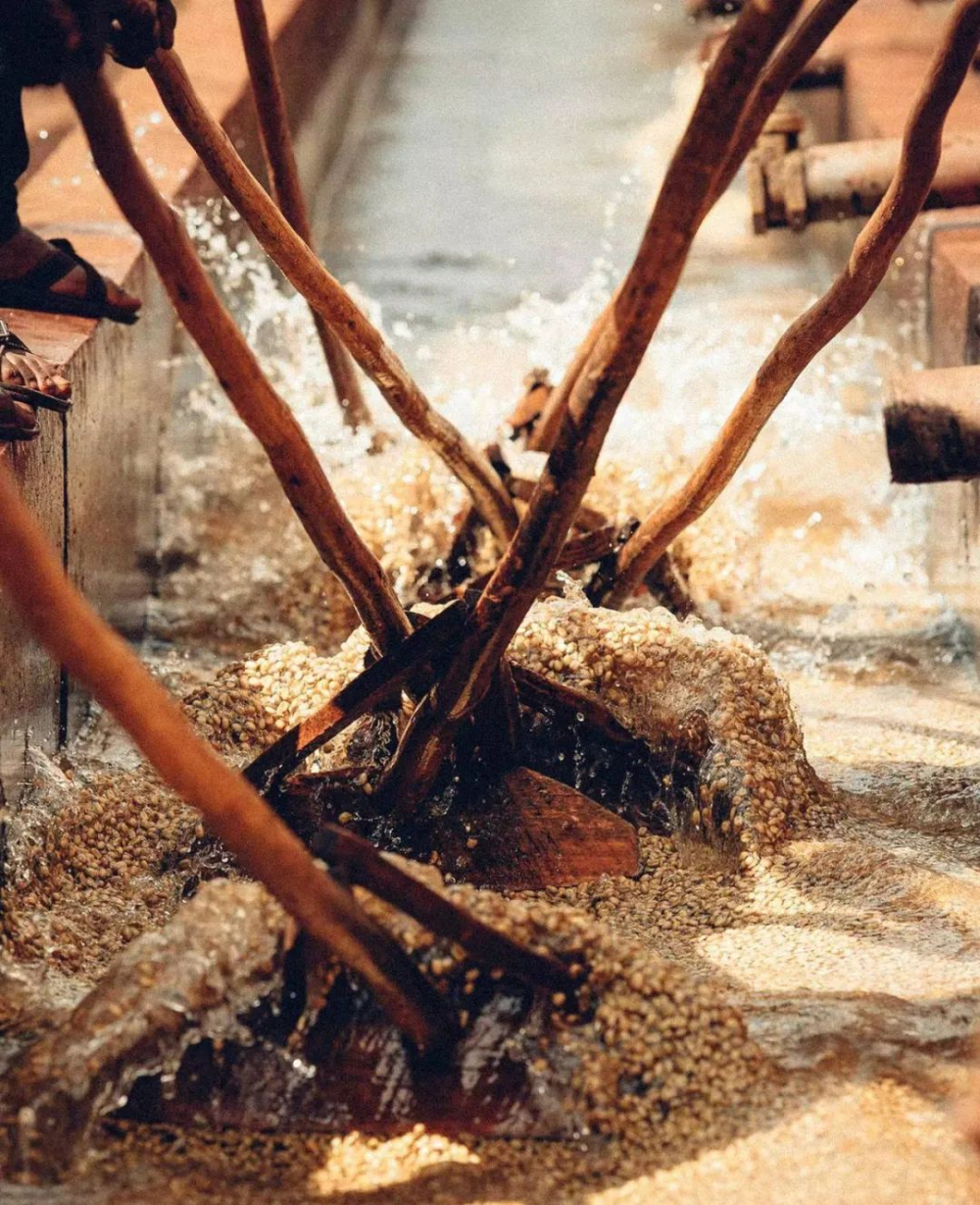
What is a coffee farm?
Generally speaking, coffee farm is a kind of private and large-scale coffee farming farm.
Coffee farms are freer than coffee cooperatives. The owners who set up coffee farms usually have sufficient funds to purchase matching coffee fruit processing facilities to process their own fresh coffee fruits. The landowner is free to control the adjustment of the center of gravity or direction of planting and treatment, as well as whether to carry out experimental planting and treatment.
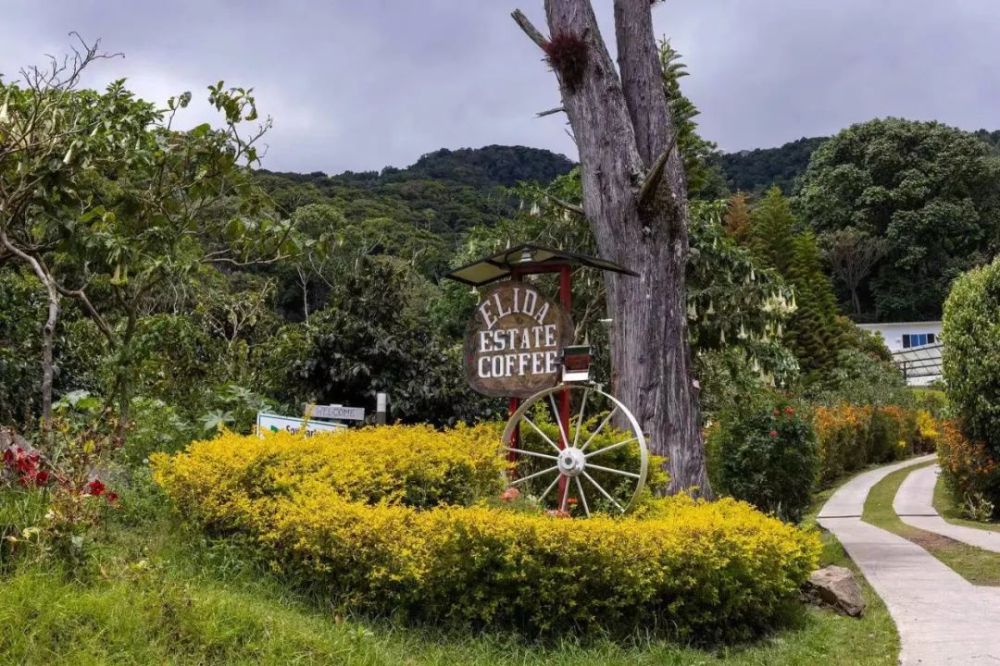
Coffee farm production, sales, materials and a series of problems need to be responsible for by the owner himself. Because the sales are directly connected to the coffee and raw bean merchants, and the growers are the manors themselves, they can understand customers' needs and make changes more quickly.
Coffee farms can customize different prices for their products and make more profits when they achieve certain results in the process of production and supply, and the profits are privately owned. Such as we often hear of Panama Erida Manor, Emerald Manor, Hartman Manor is a typical representative.
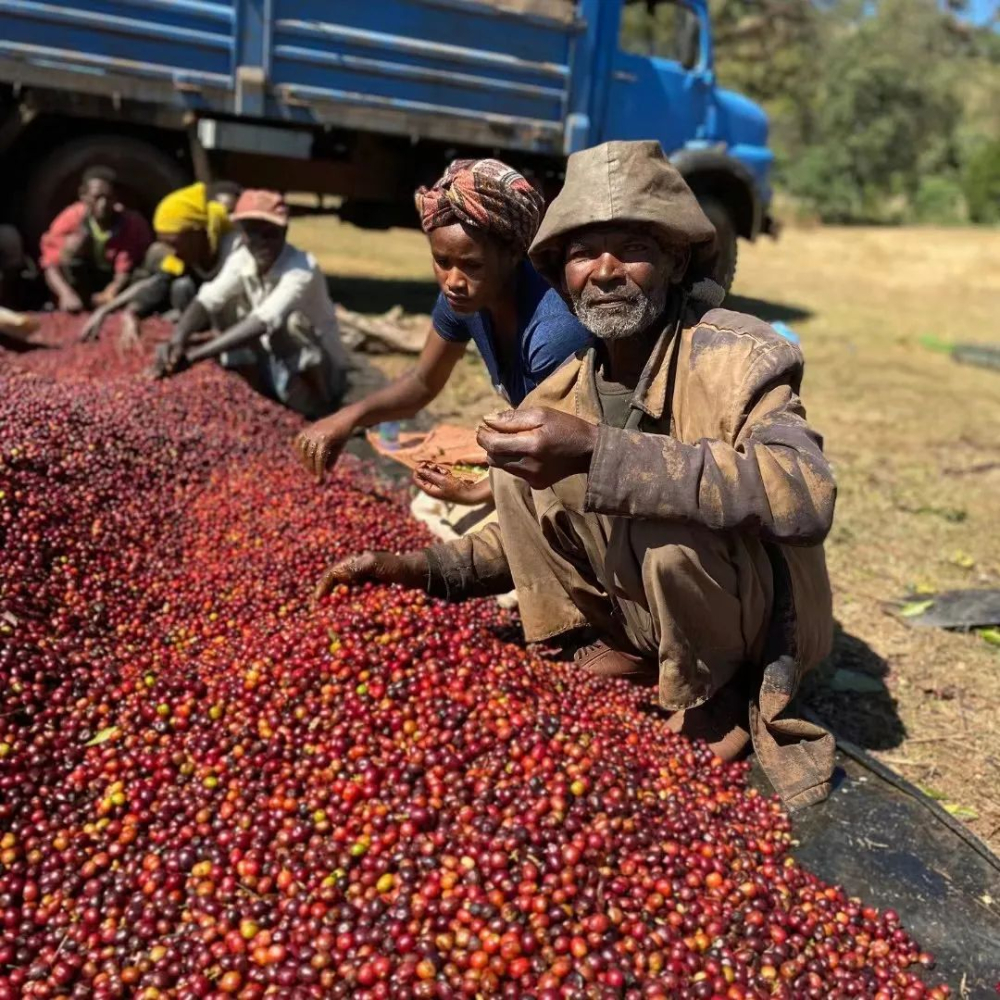
Write at the end ~
Beans in most producing areas will use the name of the producing area as the name of the bean, such as Sidamo, Pokuit, Yegashifi, Hilado, etc., are the names of producing areas or trading centers. Manors and brands usually appear in more developed areas, such as the American region, such as Hope Manor, Emerald Manor, Arida Manor and so on.
Although Ethiopia has manors, it is rare, and most of the underdeveloped areas are named by cooperatives or directly by processing plants, such as Waka and so on. This is also the law of the naming of most coffee beans, and if you understand this logic, there will be no such terms as Whelan Manor, Lim Manor, Conga Manor and so on.
-END-
Front Street Cafe
No. 10 Baoqian street, Yandun road, Dongshankou, Yuexiu district, Guangzhou, Guangdong province

Important Notice :
前街咖啡 FrontStreet Coffee has moved to new addredd:
FrontStreet Coffee Address: 315,Donghua East Road,GuangZhou
Tel:020 38364473
- Prev

Are there any boutique coffee beans in Hawaii? What is the quality of coffee beans in Kona?
The golden planting belt of coffee is located between the Tropic of Cancer and harsh hydrological conditions such as frost-free precipitation throughout the year. As the only archipelago week in the United States, Hawaii has an area of only 16700 square kilometers, a forest cover of 50%, an island climate, a year-round monsoon adjustment, and a temperature of about 26 °C-31 °.
- Next

Does Rose Summer choose Blue, Green or Red? Detailed explanation of Rose Summer Coffee plots and Classification in Panamanian Jade Manor
The Emerald Manor of Panama is the discoverer of Rosa Coffee. Perhaps without the small step of separating varieties in that year, there would not have been a trend of Rosa Coffee for more than 20 years. As a brand that symbolizes the flavor experience of Rose Summer Coffee, the lots, grades, bids and batches of Rose Summer Coffee in Panamanian Jade Manor are different.
Related
- Does Rose Summer choose Blue, Green or Red? Detailed explanation of Rose Summer Coffee plots and Classification in Panamanian Jade Manor
- What is the difference between the origin, producing area, processing plant, cooperative and manor of coffee beans?
- How fine does the espresso powder fit? how to grind the espresso?
- Sca coffee roasting degree color card coffee roasting degree 8 roasting color values what do you mean?
- The practice of lattes: how to make lattes at home
- Introduction to Indonesian Fine Coffee beans-- Java Coffee producing area of Indonesian Arabica Coffee
- How much will the flavor of light and medium roasted rose summer be expressed? What baking level is rose summer suitable for?
- Introduction to the characteristics of washing, sun-drying or wet-planing coffee commonly used in Mantenin, Indonesia
- Price characteristics of Arabica Coffee Bean Starbucks introduction to Manning Coffee Bean Taste producing area Variety Manor
- What is the authentic Yega flavor? What are the flavor characteristics of the really excellent Yejasuffi coffee beans?

